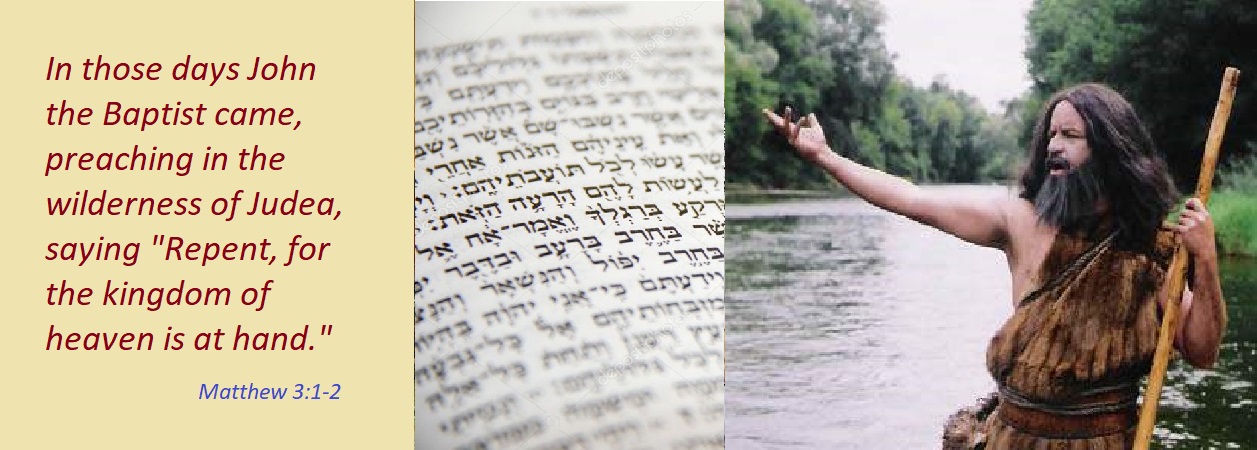
Biblical Evidence for the 1st Century Return of Christ
… parousiafulfilled.com
“While the Bible is written for all people, it was not written to all people” (Brian L. Martin) 1
‘The Bible contains all kinds of language (figurative, literal, historical, symbolic, apocalytic, typological, poetic, hyperbolic, parabolic, etc). Each type should be interpreted “according to its own particular genre”.’ (Edward E. Stevens) 2 For instance, when trying to understand or interpret books like Revelation, “… we need to first acquaint ourselves with the history, culture, language, religion and politics of the times in which the book was written.” (ibid)2
‘The fundamental task of a Biblical interpreter is to discover exactly what the original author intended to communicate to his original audience at the specific time and place under that specific set of circumstances (i.e., “Audience Relevance”).’ (ibid)2
The NT contains numerous ‘end times’ prophecies that clearly indicate a 1st Century fulfillment of the Parousia. The key to understanding these ‘end times’ passages is to look at their ‘audience relevance’, because the NT was not originally written to us, living in the 21st Century: it was written to the early Christians, living in the Roman Empire in the 1st Century AD.
Most of these early Christians were unlikely to be highly educated or even literate, so Jesus and his Apostles would have taught them in language and concepts that they understood. The Lord wanted his saints to be equipped and ready for the tough road ahead, when they would suffer many trials and tribulations, before the Parousia unfolded.
Rod Stokes3 explains “audience relevance” like this:
“It is very important… to understand the audience and context of any passage. [We] need to keep in mind:
Old Testament Background
Looking at the Old Testament history, especially the Old Covenant (OC), Rod notes:
New Testament Consummation
Turning to the events of the NT, Rod notes: “John the Baptist came with a message of judgement, and with that judgement being directed only for the Jews.” 3
“Now in those days John the Baptist came, preaching in the wilderness of Judea, saying ‘Repent, for the kingdom of heaven is at hand.’… But when he saw many of the Pharisees and Sadducees coming for baptism, he said to them, ‘You brood of vipers, who warned you to flee from the wrath to [Gk: μελλούσης : mellouses : about to] come?’” (Matt 3:1-2, 7 NAS) 4
“When we come to the NT and the Messiah, it is important for us to realize that the Messiah’s ministry was ‘two-fold’:
John the Baptist was warning the Pharisees and Sadducees about the: “pending judgement about to come” upon them and their nation.
“In Matt 3:12 the Holy Spirit inspired John to speak to them about a winnowing fork… His audience would be well aware that the ‘winnowing fork’ was the tool used to throw the wheat up in the air to separate the wheat from the chaff. A winnowing fork is used at the ‘end’ of the harvest once all of the wheat/tares are gathered.
John is giving them clear visual imagery about the whole passage he had just spoken:
The prophecy in Mal 4:4 says “’Remember the law of my servant Moses…’. “Here again the OC people are brought back to their beginning to remind them that God has not forgotten His promises ‐ and their judgement is coming. AND what was to be their warning of when the ‘time was at hand/at the door’ ‐ V.5: ‘behold I will you send Elijah the prophet before the coming of the great and dreadful day of the Lord.’ (Mal 4:4 BSB) 5
“This was their/Israel’s judgement time warning! And Christ said in Matt 17:10 ‐ 13: John the Baptizer was Elijah, and had now come already”. 3
“NOW, after 400 years of no word from God, out of the ‘wilderness’ comes a voice crying to them (vs. 2) ‘repent’, (vs. 7) ‘the wrath is about to come’, (vs. 10) ‘the ax is now at the root’, (vs. 12) ‘Jesus′ winnowing fan is in His hand…to thoroughly clean out His threshing floor… ’ (Israel - same as Mal 3:2 – purify the sons of Levi).” 3
Jesus commanded his disciples: “Go nowhere among the Gentiles and enter no town of the Samaritans, but go rather to the lost sheep of the house of Israel. And proclaim as you go, saying, ‘The kingdom of heaven is at hand’.” (Matt 10: 5 ‐ 7).
“The judgements from the OC, that were promised were ‘about to’ come, were only against them”. 3
The primary audience of the New Testament writings was those people living in the days of Jesus and his disciples, in ancient Judea: a province of the Roman Empire in the 1st Century AD. They were living in the times of the final fulfillment of the temporary Old Covenant, and the beginning of the eternal New Covenant. The judgements “about to come” “soon” were only applicable to that final wicked and perverse generation of Old Covenant Hebrews.
1… Crisis in Eschatology, article by Brian L. Martin, General Editor, Fulfilled Magazine Summer 2011
2… Perspectives, article by Edward E. Stevens, International Preterist Association, Bradford, PA, Fulfilled Magazine Spring 2006 Volume 1 Issue 1
3… Audience Relevance - Understanding the Old Covenant in the OT and Life and Ministry of John the Baptist and Jesus Christ, article by Rod Stokes, Berean Bible Fellowship, Maple Ridge, BC Canada, 2018
4… NAS: New American Standard Bible is an English translation of the Bible by the Lockman Foundation. The New Testament was first published in 1963, and the complete Bible in 1971.
5… BSB: Berean Study Bible is a completely new translation based on the best available manuscripts and sources. Published 2016 by Bible Hub.
copyright © 2019‐2023 Kenneth Higgs ‐ ParousiaFulfilled.com ‐ v2.01